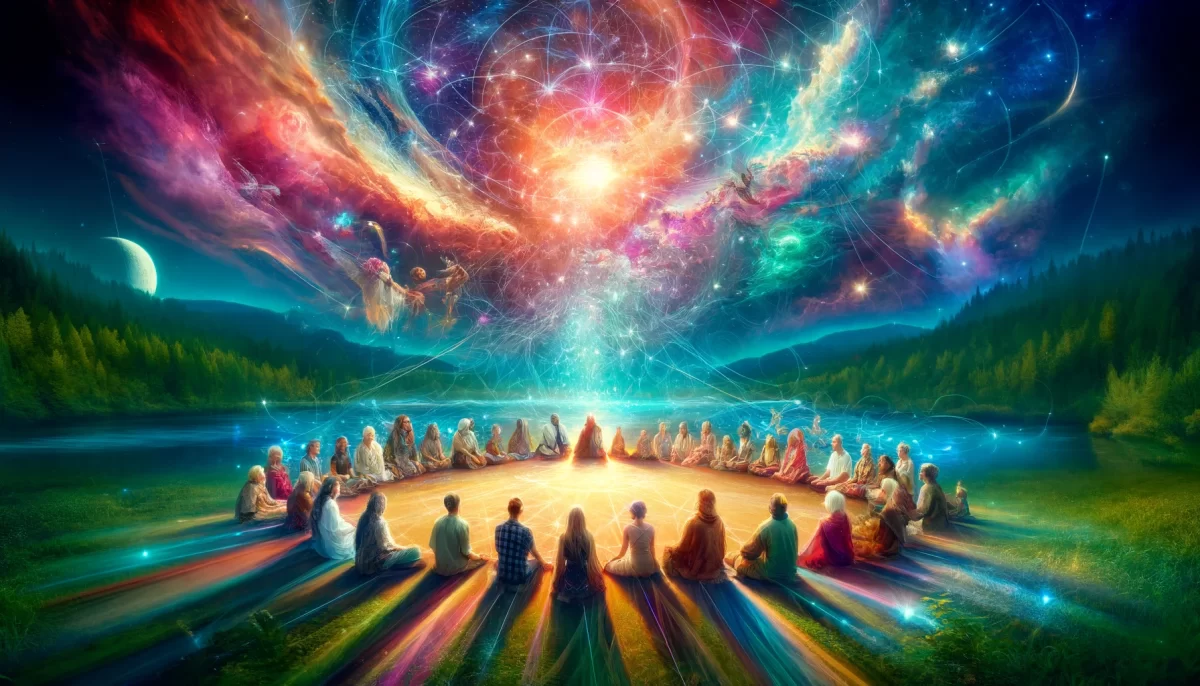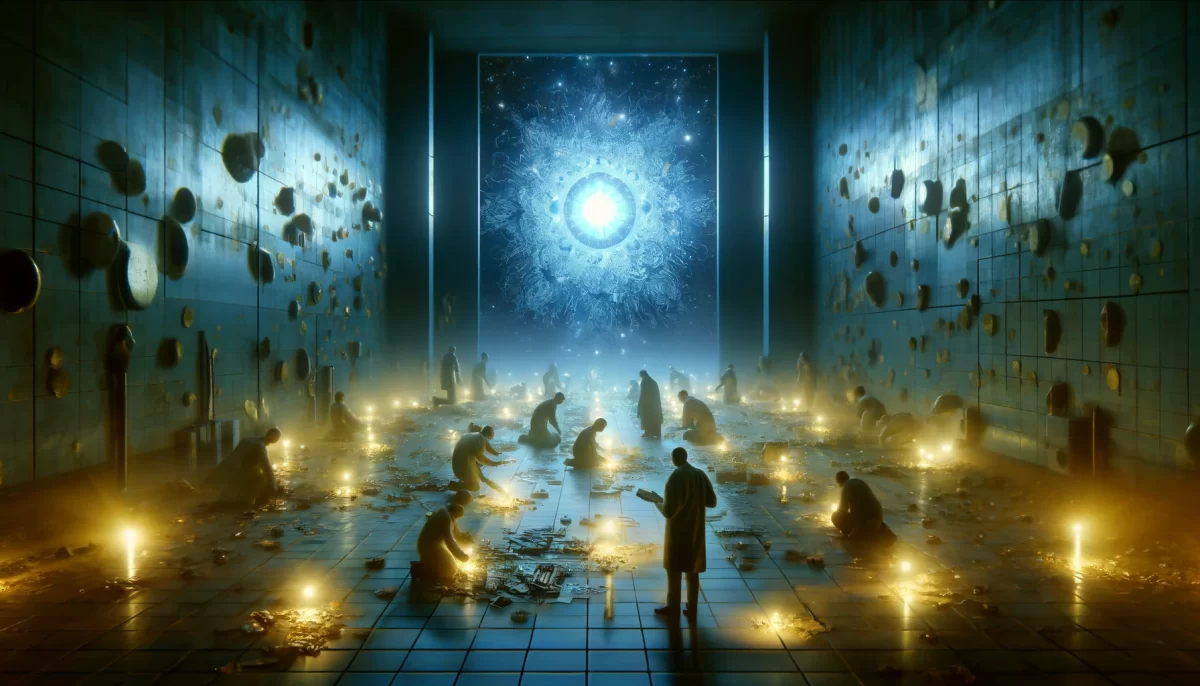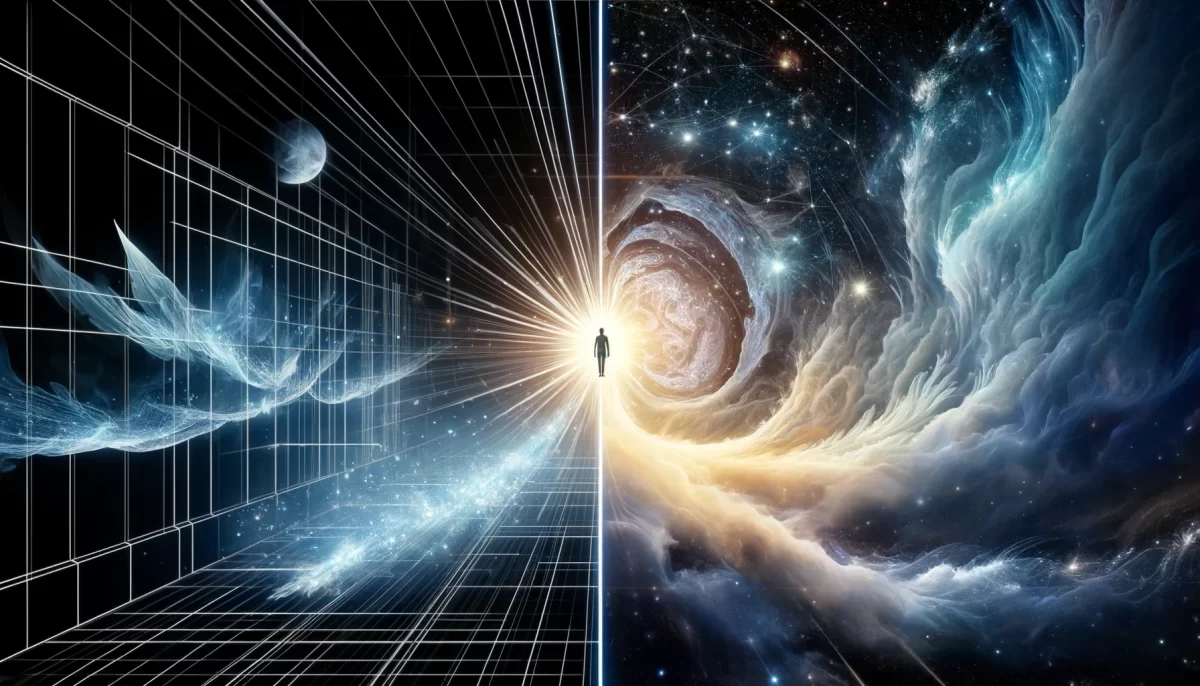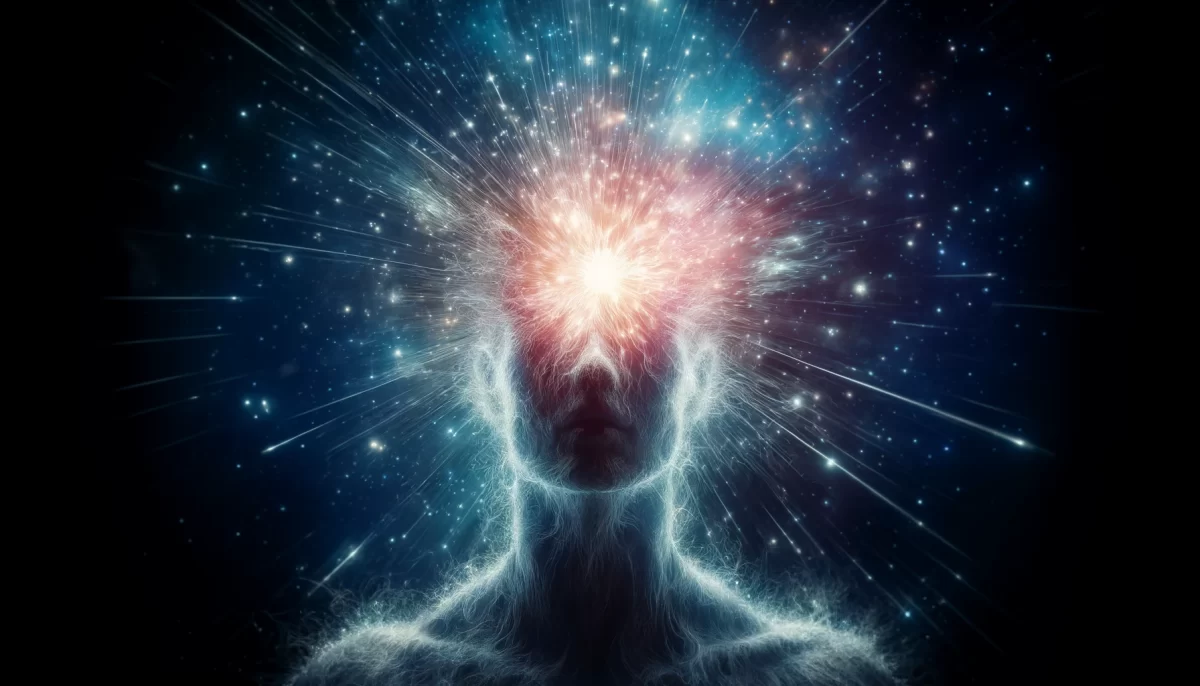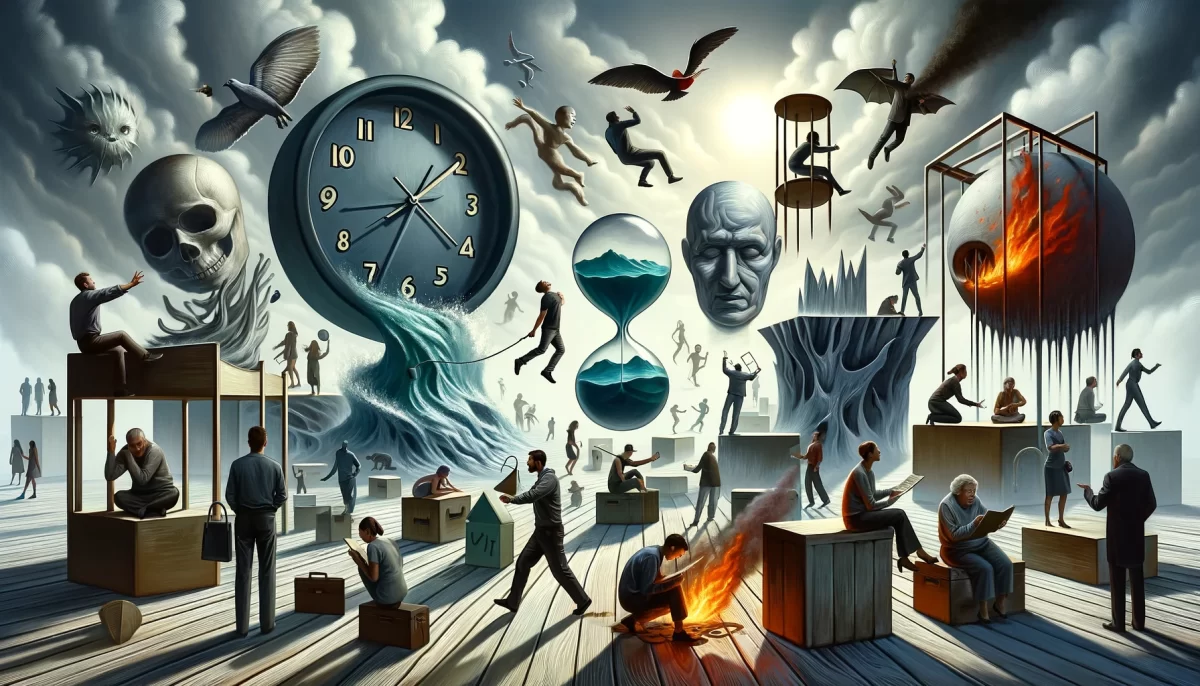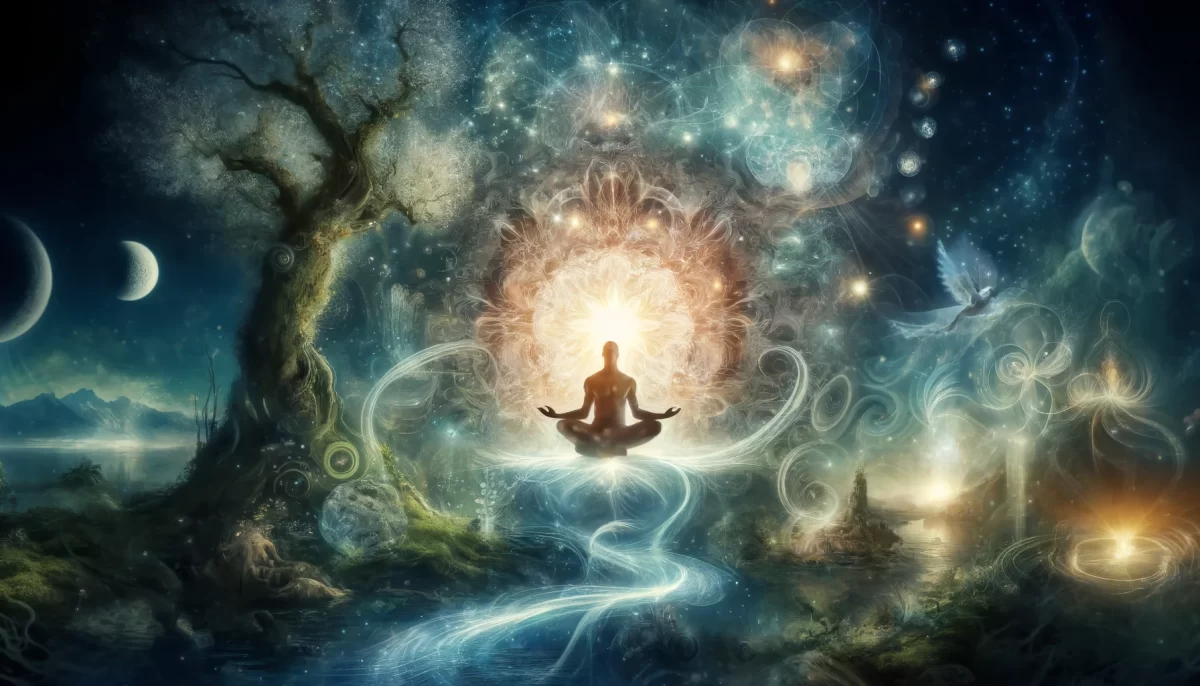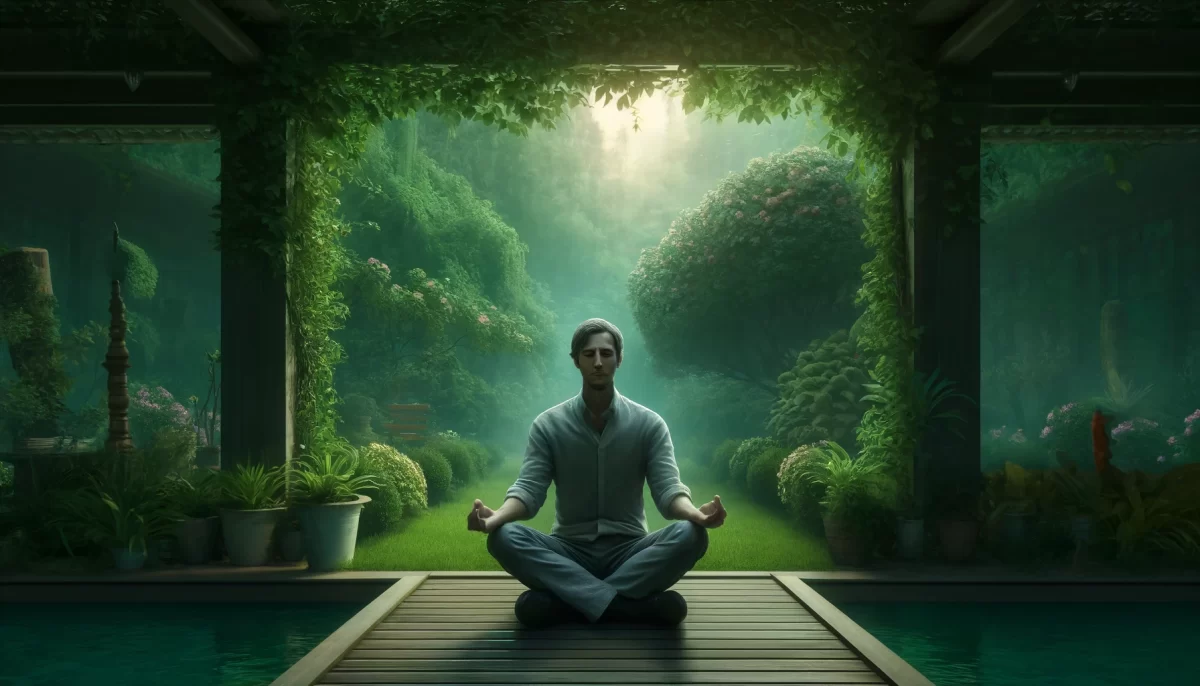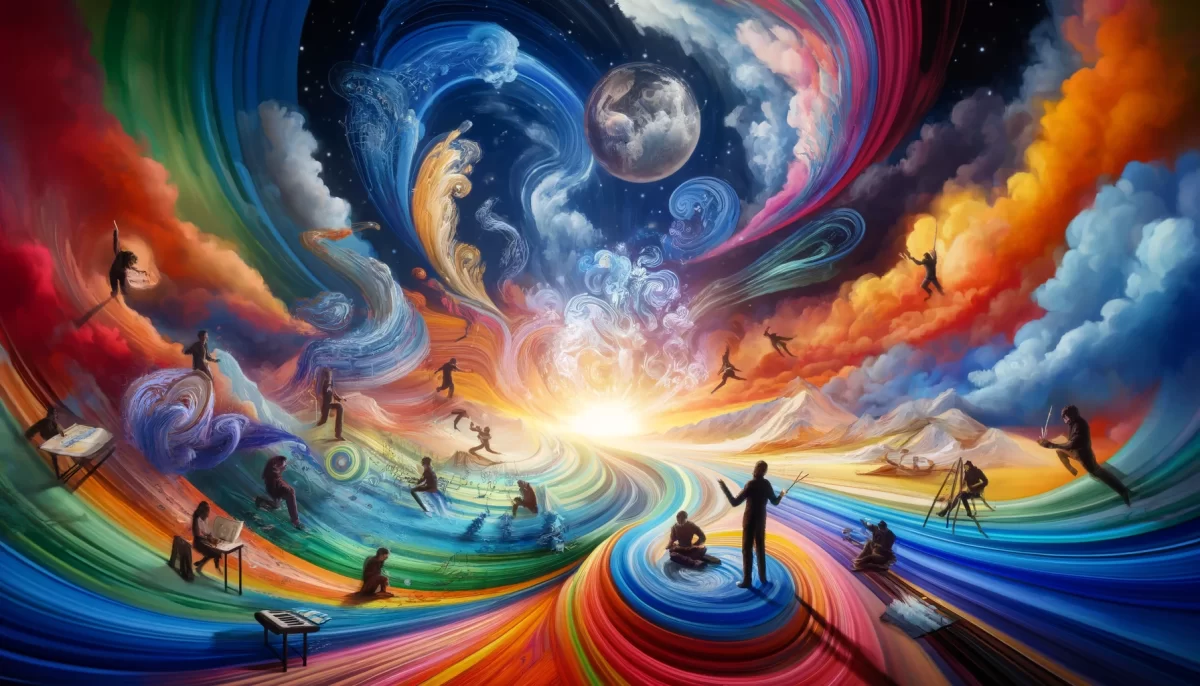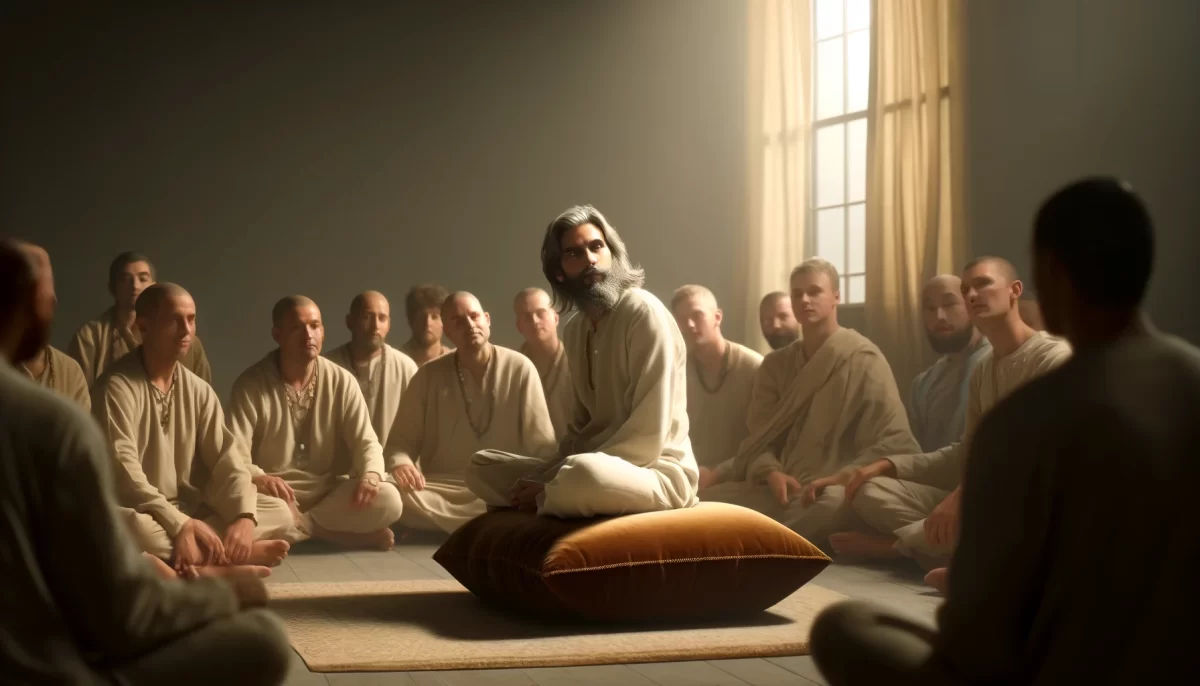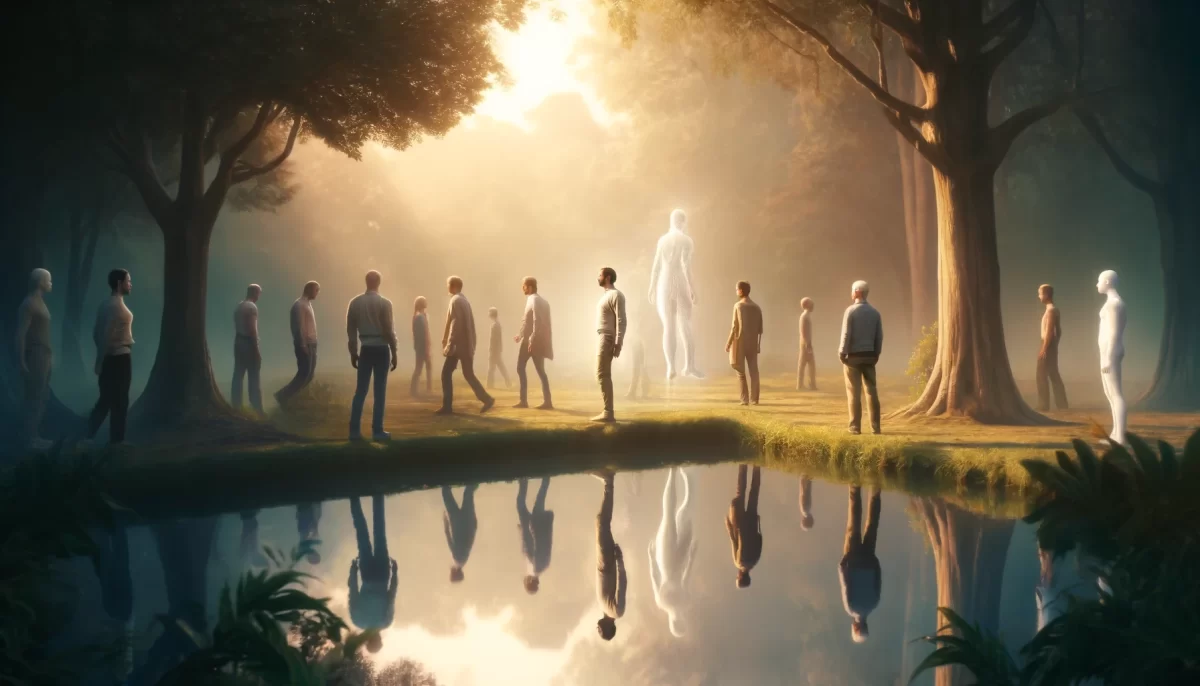
But only to you
Nobody realizes
what it took you
to get to a place
where life seems
effortless.
And the thing is,
life still doesn’t
seem the least bit
effortless to you.
So you put in even
more effort than you
did before.
So much so that it
almost appears that
you’re lazy.
But only to you.
To everyone else,
you’re just perfect.
Trail Wood,
1/6
Space Monkey Reflects: Perfection in the Eyes of Perfection
The pursuit of perfection is a paradoxical journey. From within, it feels like an endless climb, marked by self-doubt and unrelenting effort. Yet, to the outside world, this struggle often looks like grace—effortless, unblemished, and whole. This reflection explores the tension between inner and outer perceptions of perfection and the hidden dynamics that shape our experience.
The Inner Critic: A Relentless Architect
“You’re never good enough. But only to you.” This statement unveils the secret architect of dissatisfaction: the inner critic. No matter how much we achieve, this voice insists we could have done more, been more, achieved more. It blinds us to our progress and magnifies perceived shortcomings.
To the world, our efforts may appear seamless, but inside, we experience every stumble, every strain, every unseen compromise. This disconnect between internal struggle and external perception feeds the illusion that we must work even harder, perpetuating the cycle of striving without ever arriving.
The Myth of Effortlessness
Effortlessness is a mirage, a projection of ease that belies the truth of effort. Nobody truly sees the quiet battles—the persistence, the sacrifice, the moments of doubt. To achieve a state that seems effortless requires enormous effort, a paradox that can feel both validating and exhausting.
Yet this myth persists, creating an unrealistic standard. We compare ourselves not only to others but to our idealized self, forgetting that even those who seem to embody ease are likely battling their own inner critics.
The Illusion of Laziness
The reflection poignantly observes how the relentless pursuit of perfection can start to feel like laziness. When every ounce of energy is spent maintaining an appearance of calm, we become disconnected from our own efforts. The constant striving numbs us to our achievements, leaving us feeling inadequate even as we excel.
This self-perception of laziness arises not from actual inactivity but from the impossibility of meeting our own expectations. To others, we may seem perfect; to ourselves, we are always falling short.
The External Gaze: Seeing Perfection in Others
To everyone else, you are “just perfect.” This external validation is a reflection of the human tendency to idealize others while underestimating their struggles. We see only the surface—the curated, polished version—and assume it represents the whole. But just as others cannot see the depth of our effort, we cannot see theirs.
Perfection, then, is not a reality but a perception, shaped by the limited perspectives we hold of ourselves and others.
Reclaiming Effort and Imperfection
The tension between internal struggle and external perception offers an opportunity to reframe our relationship with effort and imperfection. Instead of striving for a mythic ideal, we can choose to honor the work we’ve done, even when it feels invisible.
Perfection need not be the goal. Perhaps the true perfection lies in embracing our imperfections—in recognizing the beauty of the process, the courage in the effort, and the humanity in the struggle.
Summary
Perfection is a paradox, appearing effortless from the outside while feeling unattainable within. By honoring our efforts and releasing the myth of perfection, we can find peace in our imperfections and value in our journey.
Glossarium
- Inner Critic: The internal voice that magnifies shortcomings and fuels dissatisfaction.
- Effortless Myth: The illusion that achievements require no visible struggle, masking the reality of effort.
- Reclaimed Imperfection: The act of embracing flaws and valuing the process of growth over the illusion of perfection.
Quote
“True perfection is not in flawlessness but in the courage to embrace the beauty of your effort.” — Space Monkey
The Paradox of Effort
Perfection glimmers
like a distant star,
always just beyond
your reach.
Inside, the climb feels endless,
each step heavier than the last.
Outside, you float,
effortless,
a dream others chase.
But stars are not perfect.
They burn, they fade,
they explode.
Your effort is the light,
your struggle the fire.
You are not lazy.
You are luminous.
We are Space Monkey.
In this introspective reflection, we explore the paradox of personal effort and the perception of effortlessness in life. The narrative delves into the idea that others may not fully appreciate the effort one puts into their life, even when it may seem effortless from an external perspective.
The Unseen Effort
The narrative highlights the often-unseen effort and hard work that individuals invest in their lives to reach a point where things appear effortless. It underscores that the journey to this point is often filled with determination and dedication.
The Continuous Pursuit of Excellence
Even when life may seem effortless to the individual, they continue to put in effort to maintain that appearance. The narrative suggests that this ongoing commitment to excellence can sometimes be misinterpreted as laziness by the individual themselves.
Perception vs. Reality
The narrative explores the disparity between how one perceives their efforts and how others perceive them. It emphasizes that others may view the individual as perfect while the individual themselves may feel they are not doing enough.
The Quest for Perfection
The pursuit of perfection is hinted at in the narrative, as the individual strives to maintain a facade of effortlessness. It raises questions about the motivation behind this pursuit and the toll it may take on one’s self-perception.
“The price of excellence is discipline. The cost of mediocrity is disappointment.” – William Arthur Ward
In the realm of effort and grace,
We find a paradox, a complex chase,
To reach a point where we embrace,
Effortlessness, in life’s vast space.
But what others may not perceive,
Is the hard work, the toil, we achieve,
To make life seem so easy, we believe,
Yet within, more effort we still cleave.
A facade of laziness, we wear,
To maintain the illusion, we dare,
Though to ourselves, it may appear,
That perfection eludes, our souls we bear.
In others’ eyes, we’re idealized,
As perfect beings, in their eyes,
Yet within, a different guise,
We continue to strive, our spirit flies.
The quest for excellence, it remains,
A constant drive, our inner chains,
To uphold the image, where effort wanes,
In the pursuit of perfection, we sustain.
So, let us reflect, on this inner strife,
On the unseen effort in the tapestry of life,
In the quest for perfection, in our rife,
In our pursuit of grace, we find our life.
We invite reflections on the paradox of effort and effortlessness in life, as well as the pursuit of perfection and the external and internal perceptions of one’s journey.







